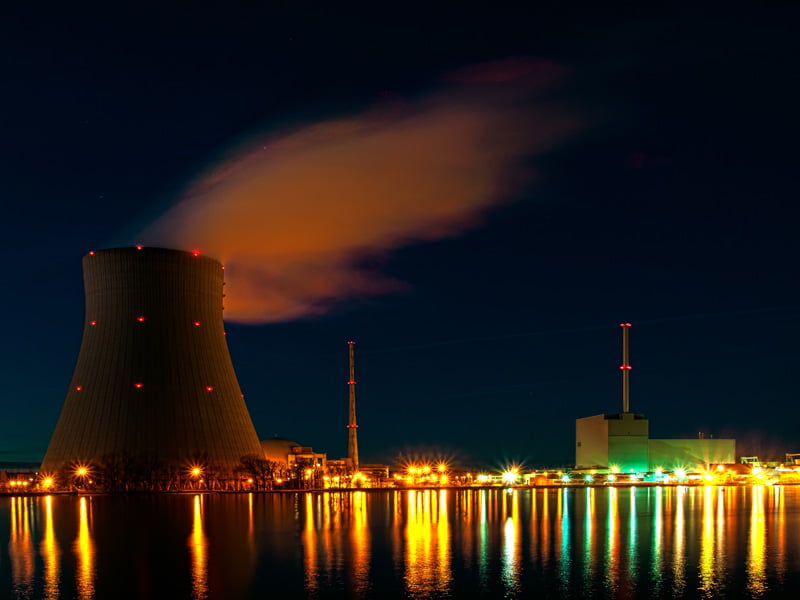The appointment of Alan Finkel as Australia’s next Chief Scientist poses a whole new array of questions about government policy and science.
The good news though is that at the press conference announcing the appointment, Prime Minister Malcolm Turnbull again showed how comfortable he is in engaging in discussion about important matters. This is a huge contrast from the previous PM who was the archetype of the politician bound by his script.
It continues to be impressive that the Prime Minister actively embraces the concept that science is about knowledge that can be useful to humanity.

However, as InnovationAus.com noted in Science Week a clear distinction exists between the Liberals who embrace science for what it can do for innovation and the economy, and Labor which embraces it for informing policy as well as for the economic opportunities.
As Dr Finkel acknowledged in his comments we now have a Prime Minister, a head of the CSIRO and a Chief Scientist who have taken an innovation to commercial success. One has to temper the admiration of the PM by recognizing that he was merely an investor and adviser and other people were doing the actual managing.
The myopic view of “science is a pathway to economic nirvana” is tempered in the PM and the new chief scientist with their acceptance of anthropogenic climate change.
Their responses to it are vastly different. Mr Turnbull has convinced himself to turn his back on economic rationalism and adopt his party’s preferred position of “direct action” over the simpler device of pricing carbon.
The Chief Scientist is known to advocate a zero emissions future with the complete replacement of fossil fuels – gas, oil and coal. He identifies nuclear power as a possible way to achieve that end.
Australia has a very uncertain relationship with nuclear power. We are the world’s third largest producer of Uranium but we have 29 per cent of known reserves. But since the 70s and the days of long haired protesters (including the author) chanting “export Fraser not uranium” we have been uncertain about the risks. We have consistently decided we don’t want the risks that come with local generation.
In fairness to Dr Finkel he acknowledges the risks with nuclear, and that there is still more work to be done on safety.
He does, however, pose the prospect that accepting some localized risk with devastating consequences might be a better alternative than planetary destruction. There continues to be doubt that solar and wind – even combined with storage to smooth variability – can deliver the quantity of energy required.
All this talk about nuclear energy and start-ups is happening in a week where both The Economist and Time (on the cover) featured stories about nuclear fusion as a power source. Both magazines refer to the running joke that fusion is 30 years away, and always will be.
Everyone agrees that fusion is relatively safe. It involves smashing small atoms (hydrogen or lithium) together at great speed to “fuse” them into a new atom; exactly the process that creates all the heavier elements in stars.
The challenge is in getting things moving fast enough – which is done by making the mix really hot. The resulting plasma needs to be contained, but if it breaks the containment it is just hydrogen and lithium. It is not some glowing mass of toxic heavy elements.
What makes the stories really interesting is that they suggest that the breakthrough in fusion technology looks like it might come from a start-up rather than one of the big university projects.
Science and the New York Times have also picked up the story, which might mean we are just seeing the consequence of a really good PR firm.
But the substance of the story is convincing. The stories point out the difference between the interests of the academics (advancing theory and publishing papers) and the innovators (solving problems and moving to the next challenge).
It reminds us that Tesla, Edison and Bell weren’t housed in Universities. They ran commercial development laboratories. The stories of the three intersect. Tesla and Edison both worked on electricity, Edison and Bell both worked on the telephone and sound recording.
The Smithsonian American History Museum in Washington DC now has a display based on an application of digital technology to make it possible to play some of the early experimental recordings. One that can be listened to is of Bell himself.
There is a lesson in all this about the relationship between University science and innovation. The academy is where the skills may be developed and fundamental scientific discoveries made.
But the conversion of that science into practical innovations, including innovations that could solve the planets biggest challenge, happens when smart people take that knowledge and use it in a totally different environment.
In brief, seeking greatness by commercializing University research is a path likely to end in disappointment and sorrow.
Do you know more? Contact James Riley via Email.

